March 16-22, 2025
A long, slow transition into spring
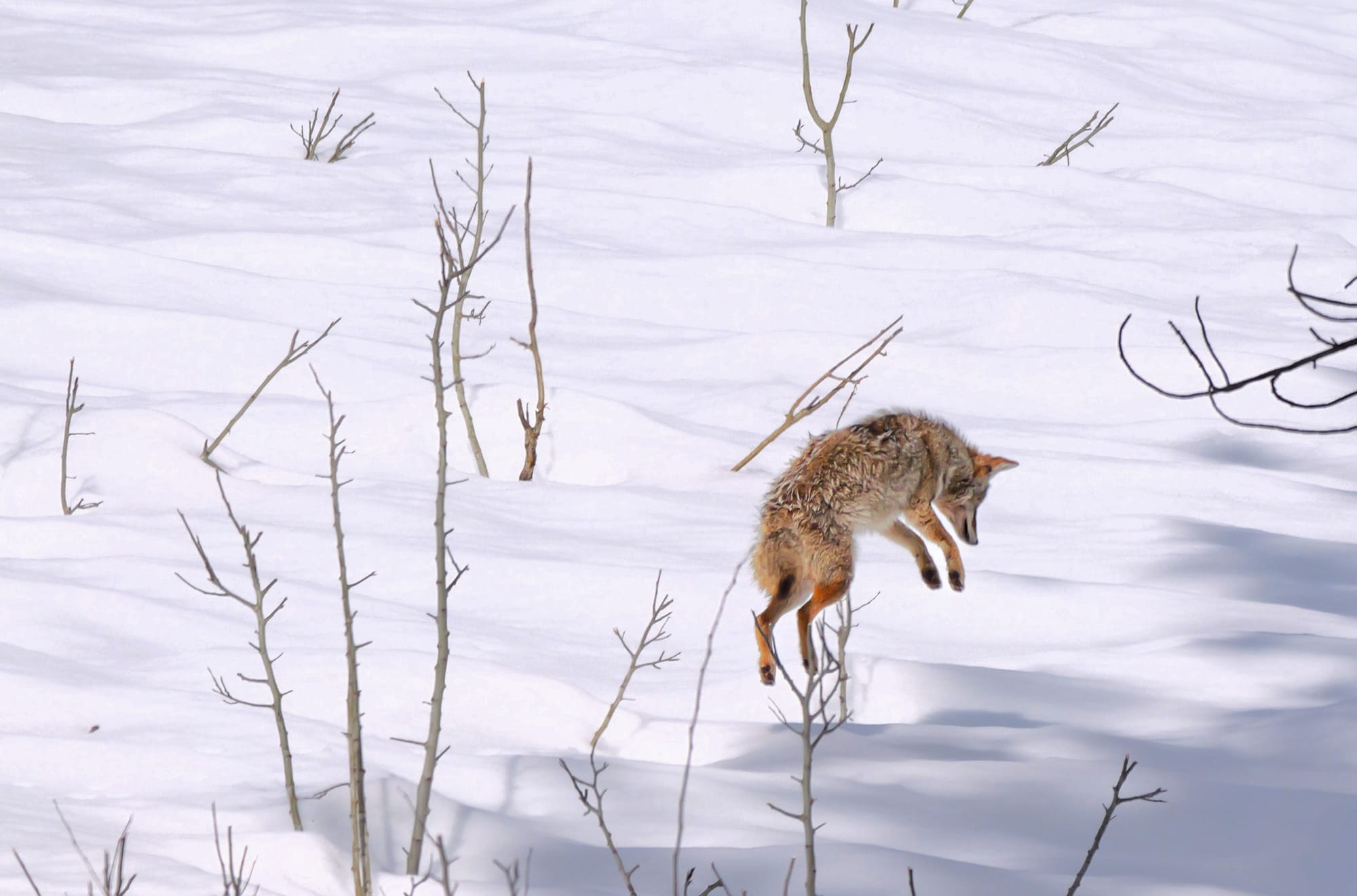
There was a bit of everything this week: stretches of sun, snatches of snow and rain, a few spring flowers, a handful of newly arriving birds, and more.
Week in Review
Watching spring unfold this year has been a bit like waiting for a pot of water to boil: you think the water will start boiling at any moment but instead the little simmering bubbles go on and on. Cold nights, together with lingering snow and ice, signals that winter hasn't released its hold yet and spring is taking its time getting here.
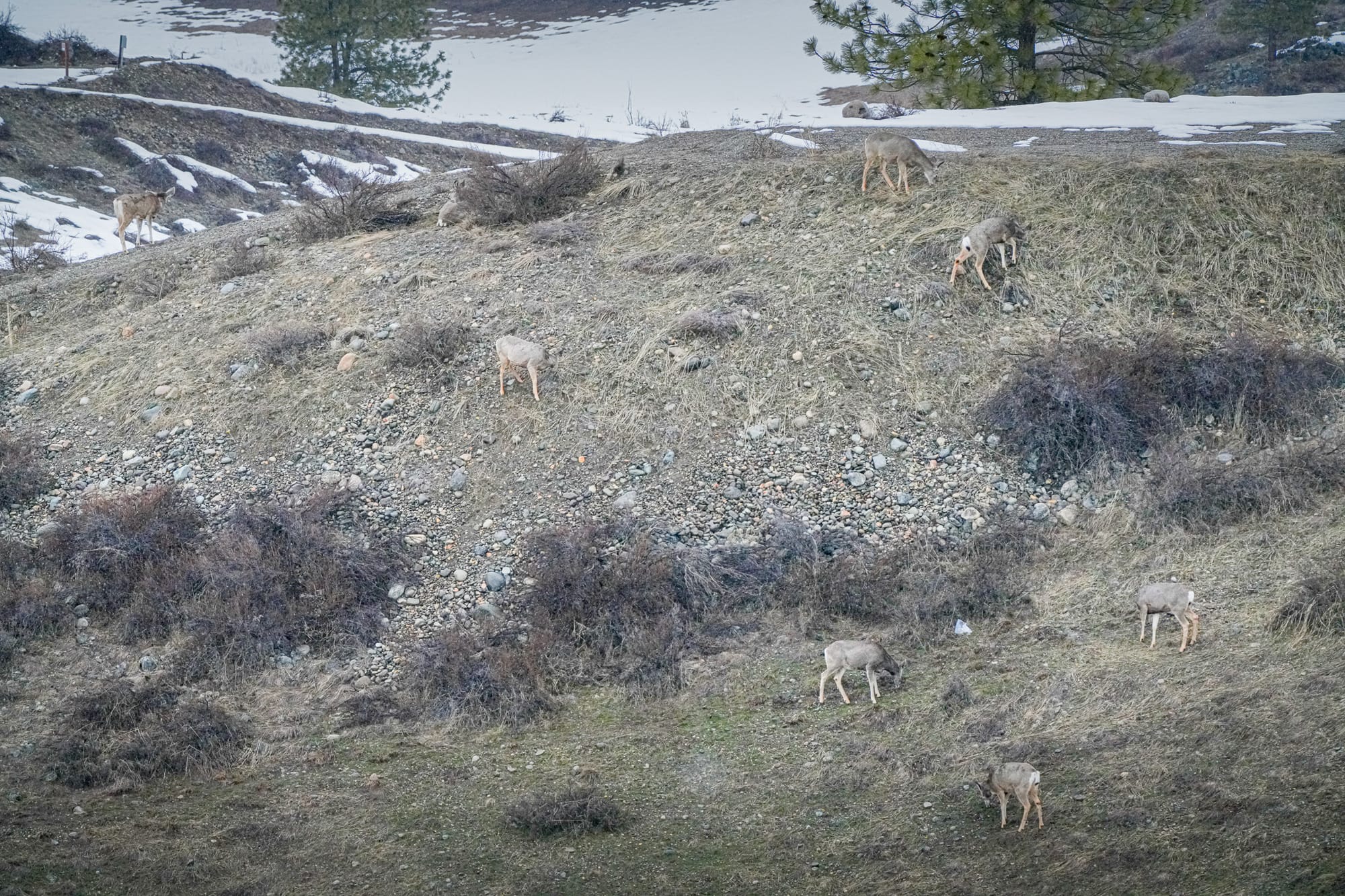
The highlight this week was the arrival of violet-green swallows on March 21. Swallows are a sure sign of the changing seasons because they only eat flying insects and their arrival means there are now enough insects in the air to support these delightful birds.
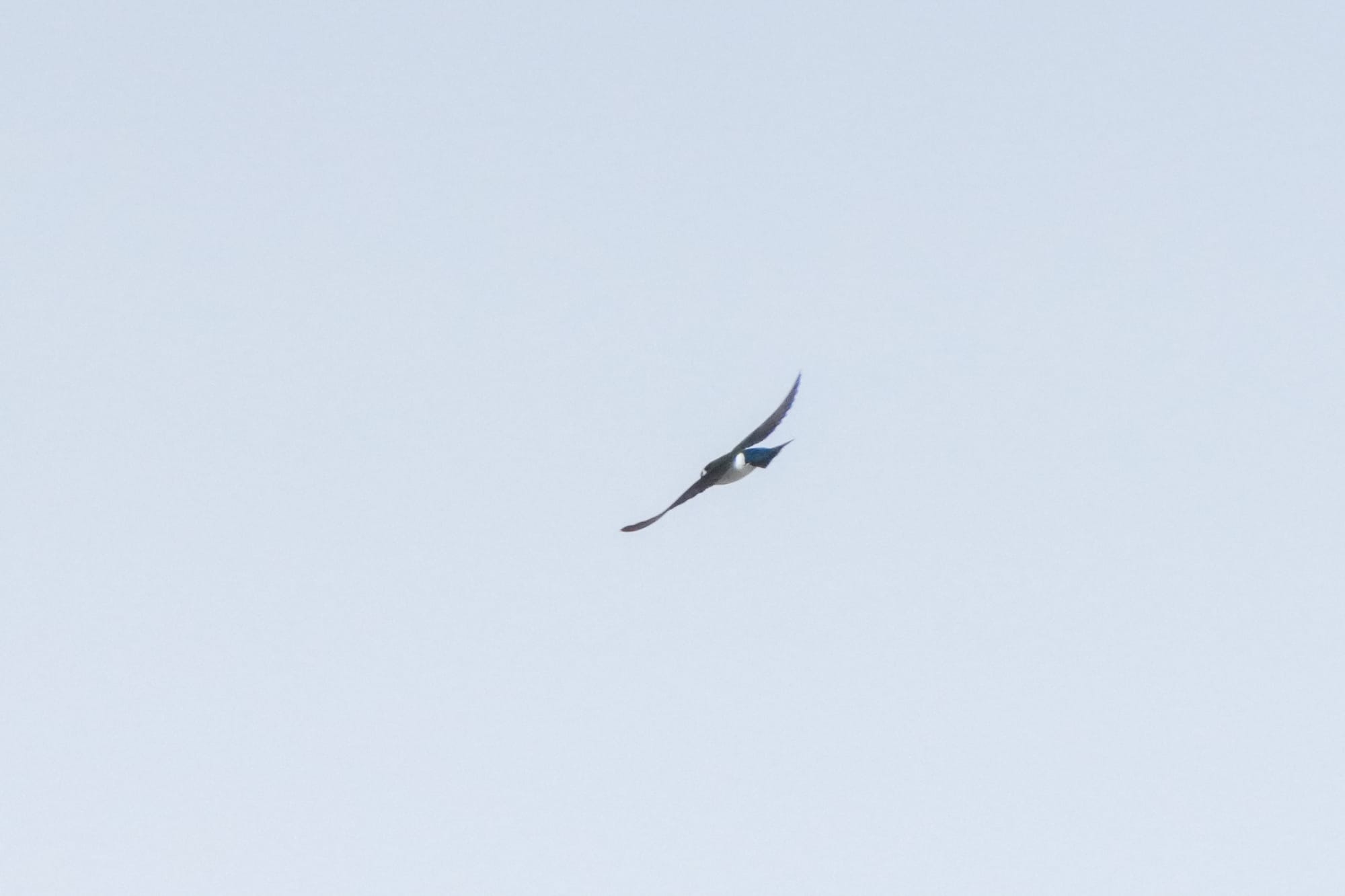
I'm not sure what the swallows are eating but midge numbers have been picking up, and a handful of moths and other flies are out now. Amazingly, I haven't seen any reports of butterflies yet, but I am starting to notice a greater range of insects and invertebrates.
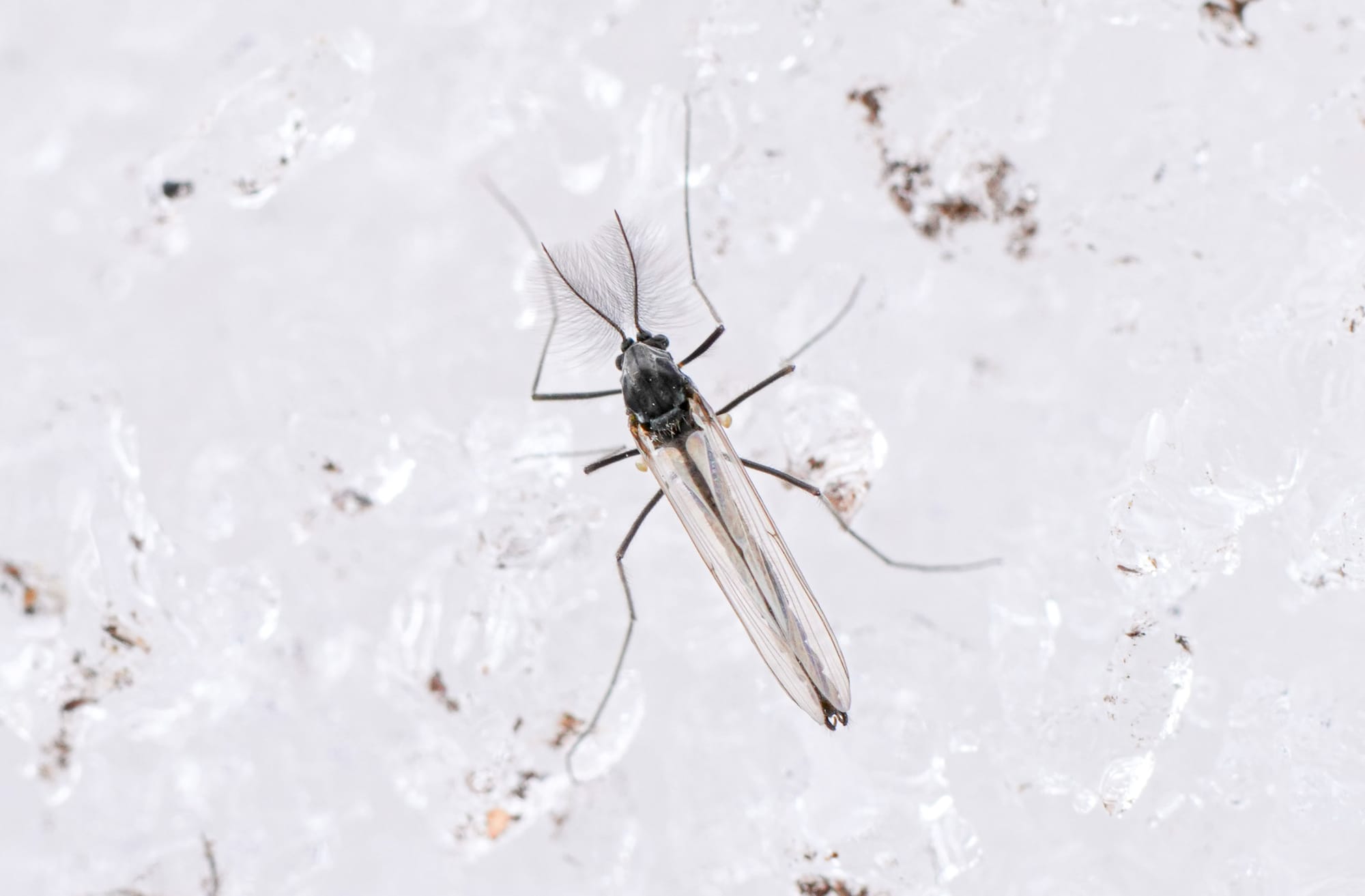
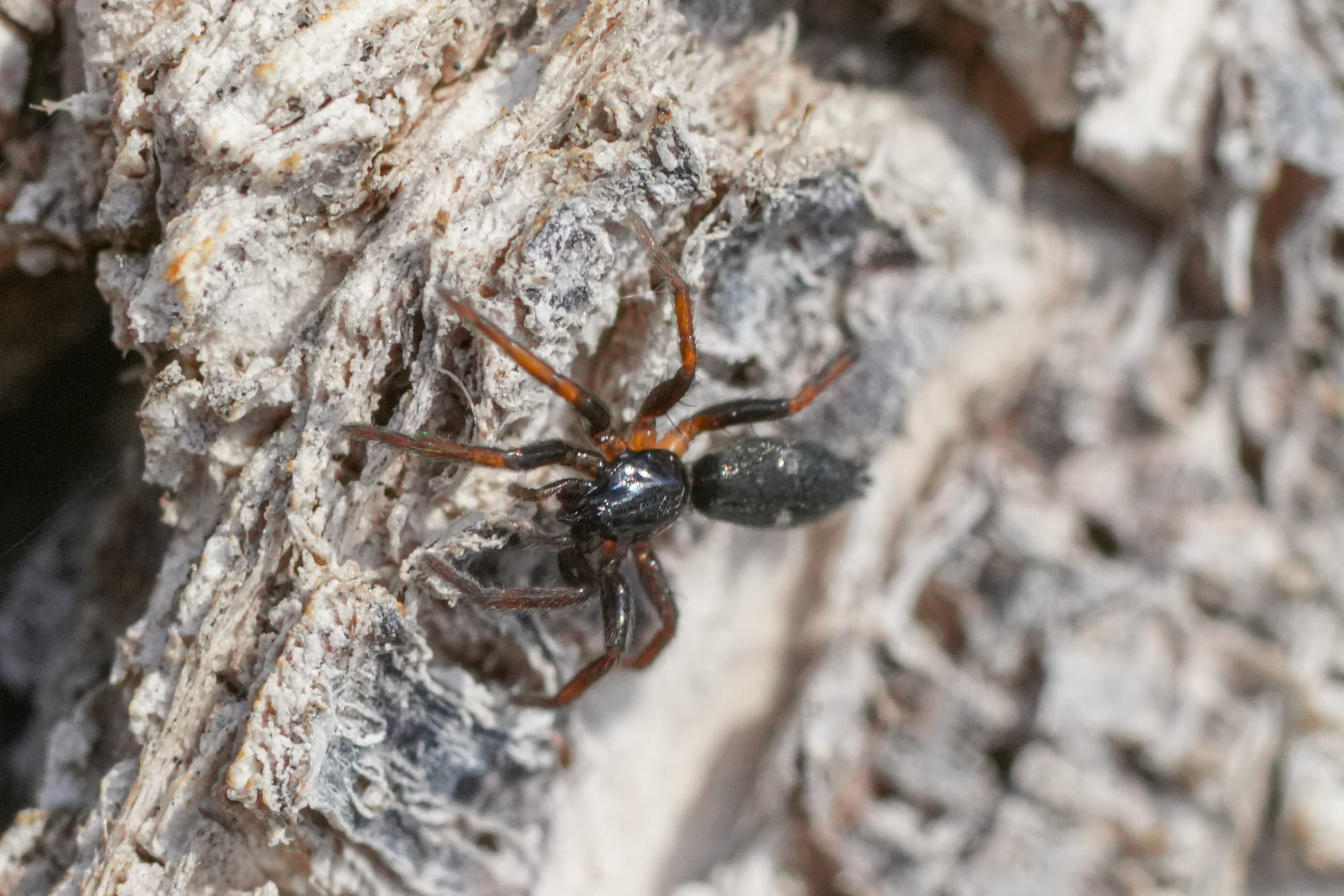
Nest box battles have taken on a new energy now that western bluebirds have arrived and taken an interest in the same nest boxes that house finches and house sparrows have been claiming for weeks. This results in many noisy squabbles but I'm hoping the bluebirds win out.
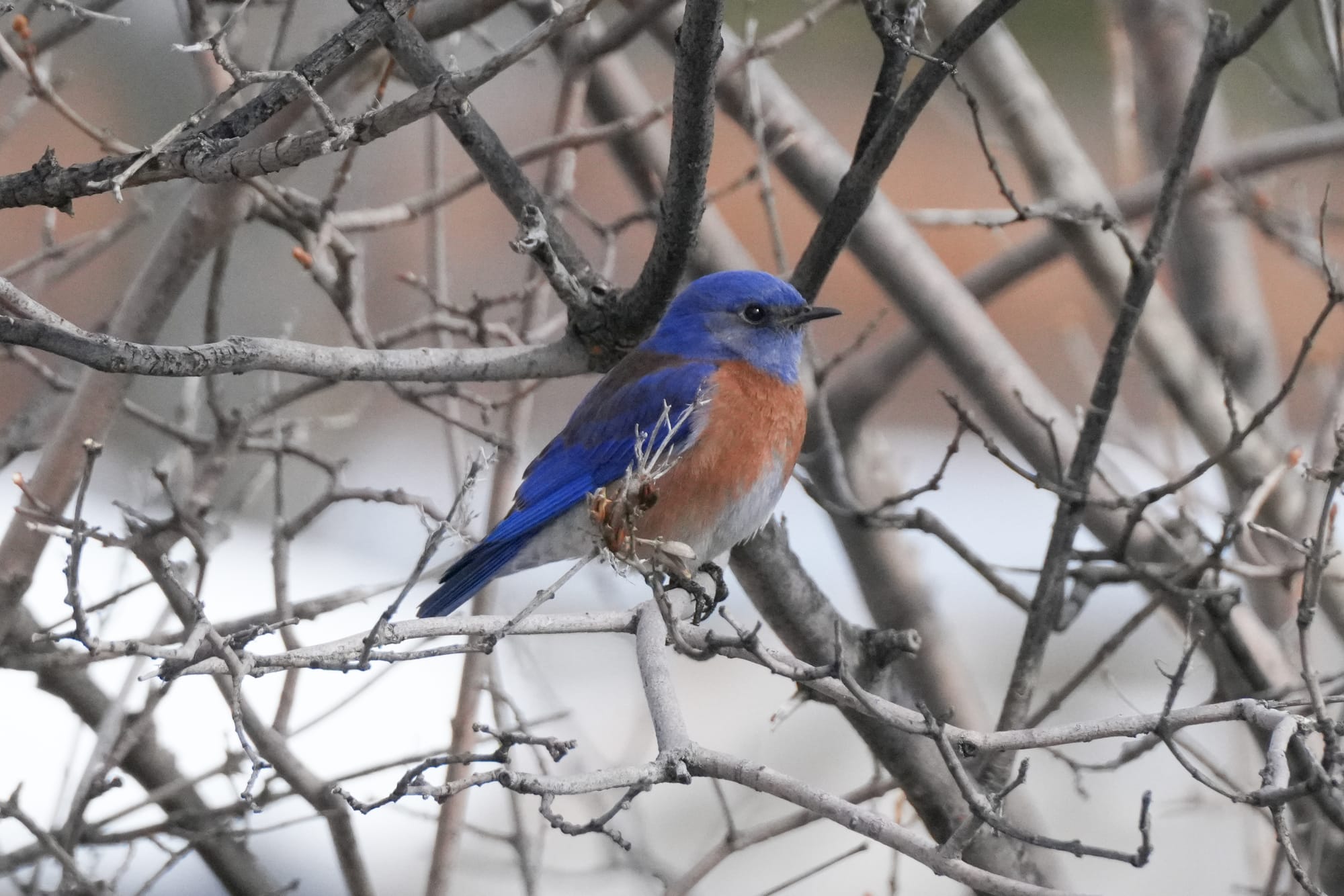
Black-capped chickadees are also increasingly vocal and I've been hearing them singing at numerous spots around the valley. One busy pair at Pearrygin Lake came right up and stared at me when I made squeaky noises at them, but I was nothing more than a curiosity because they kept singing and finding food as they hopped around me.
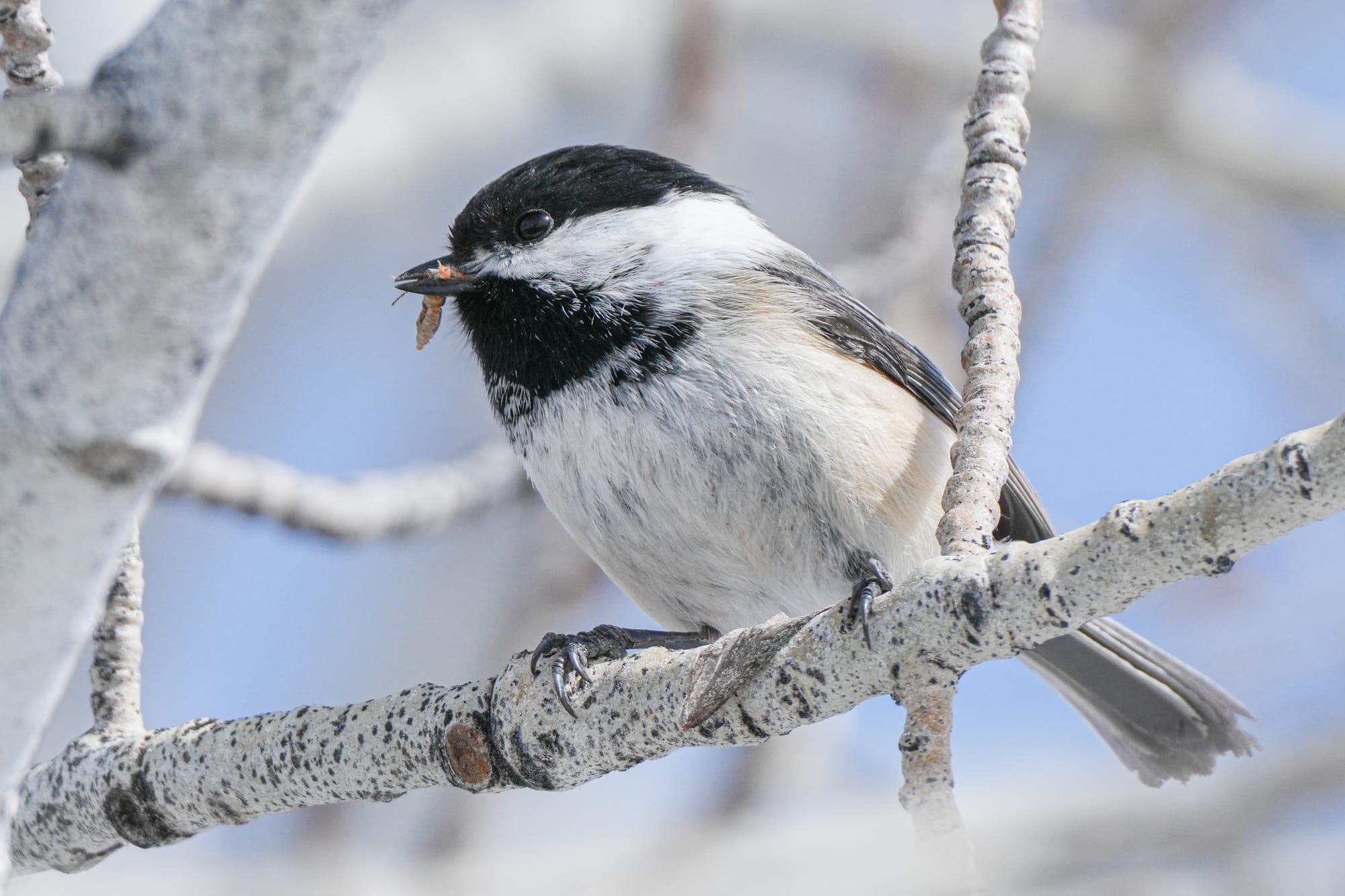
Many other birds are conspicuous and active right now, adding a sparkle to every day. Only a handful of birds are nesting, but many others are getting ready by claiming territories, eagerly searching for nest sites, singing, and squabbling. Birds that don't nest in the valley are also getting restless in their eagerness to head north or move upslope as the snow begins to melt.
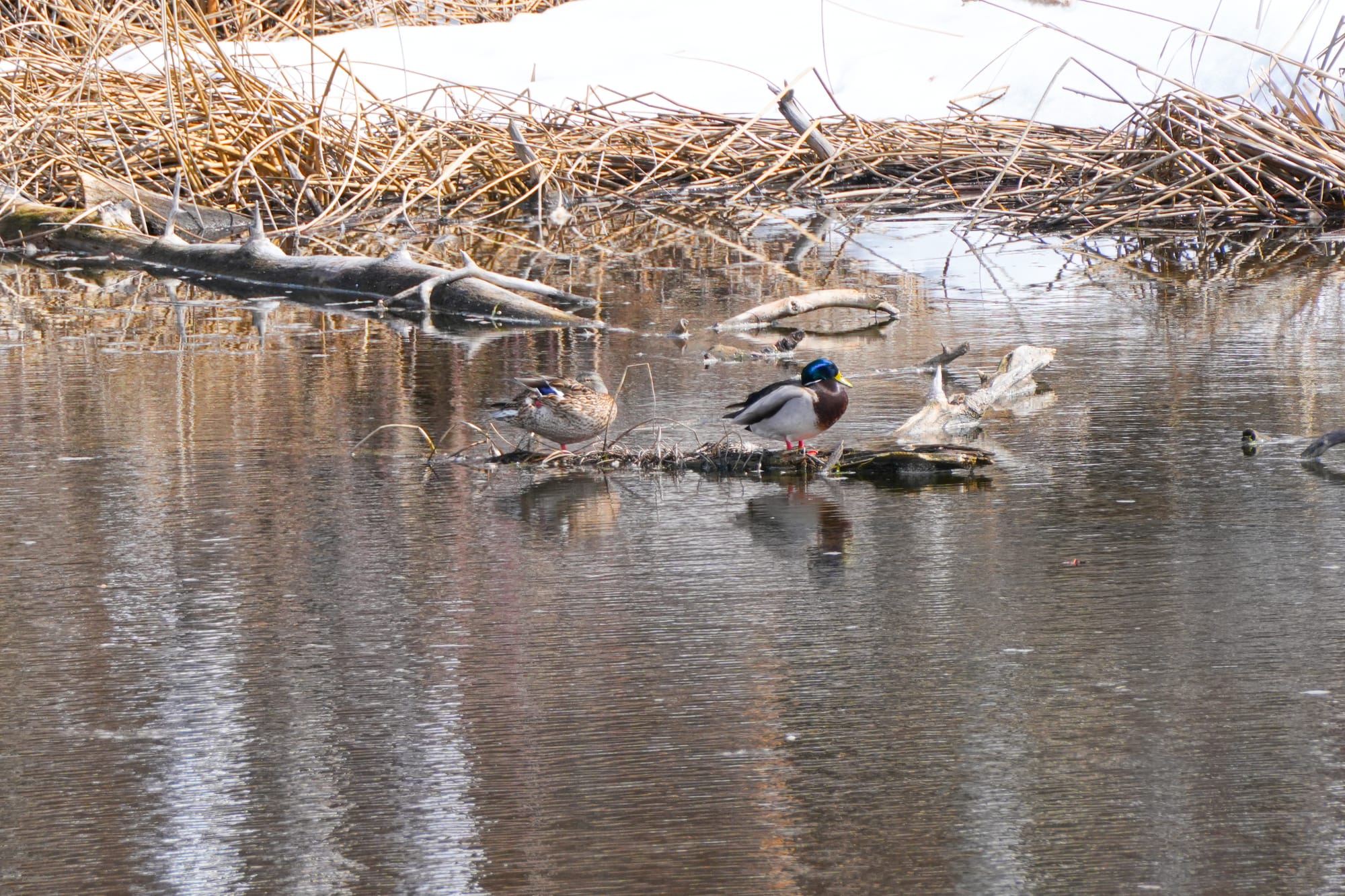
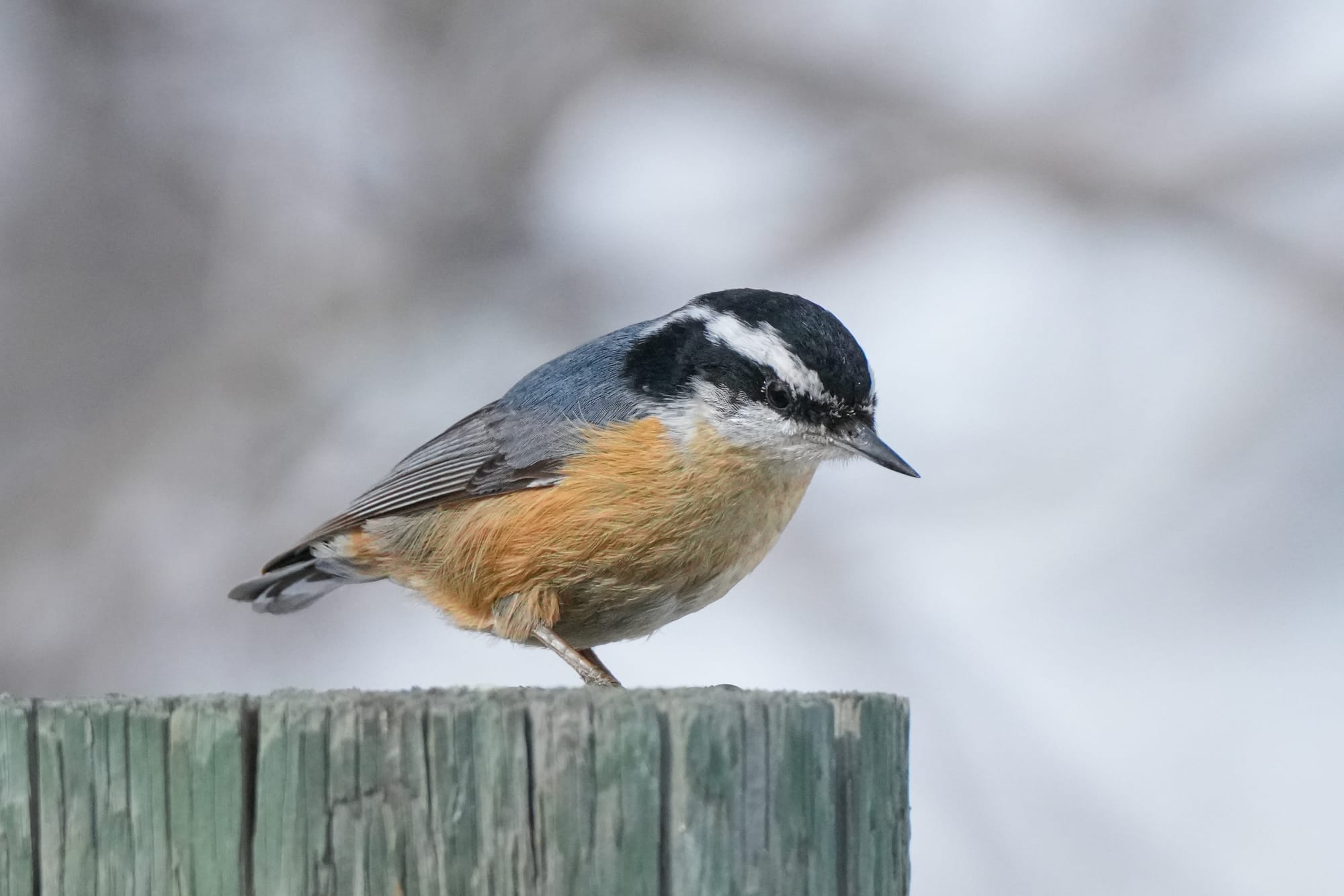
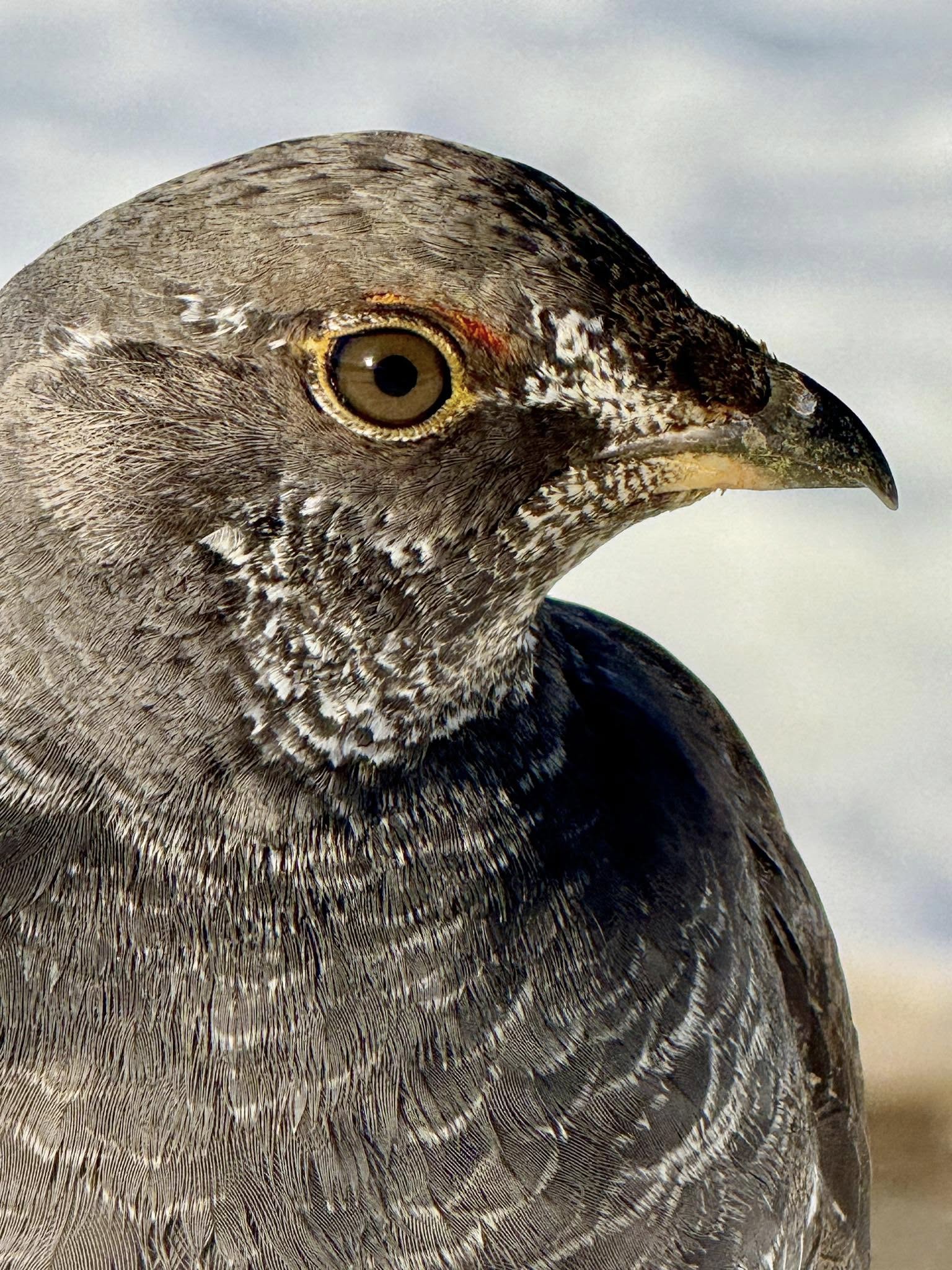
Observation of the Week: Sagebrush Buttercup
The honor of first wildflower of the season almost certainly goes to sagebrush buttercups, and true to form they have started blooming in the lower reaches of the Methow Valley around Methow and Pateros.
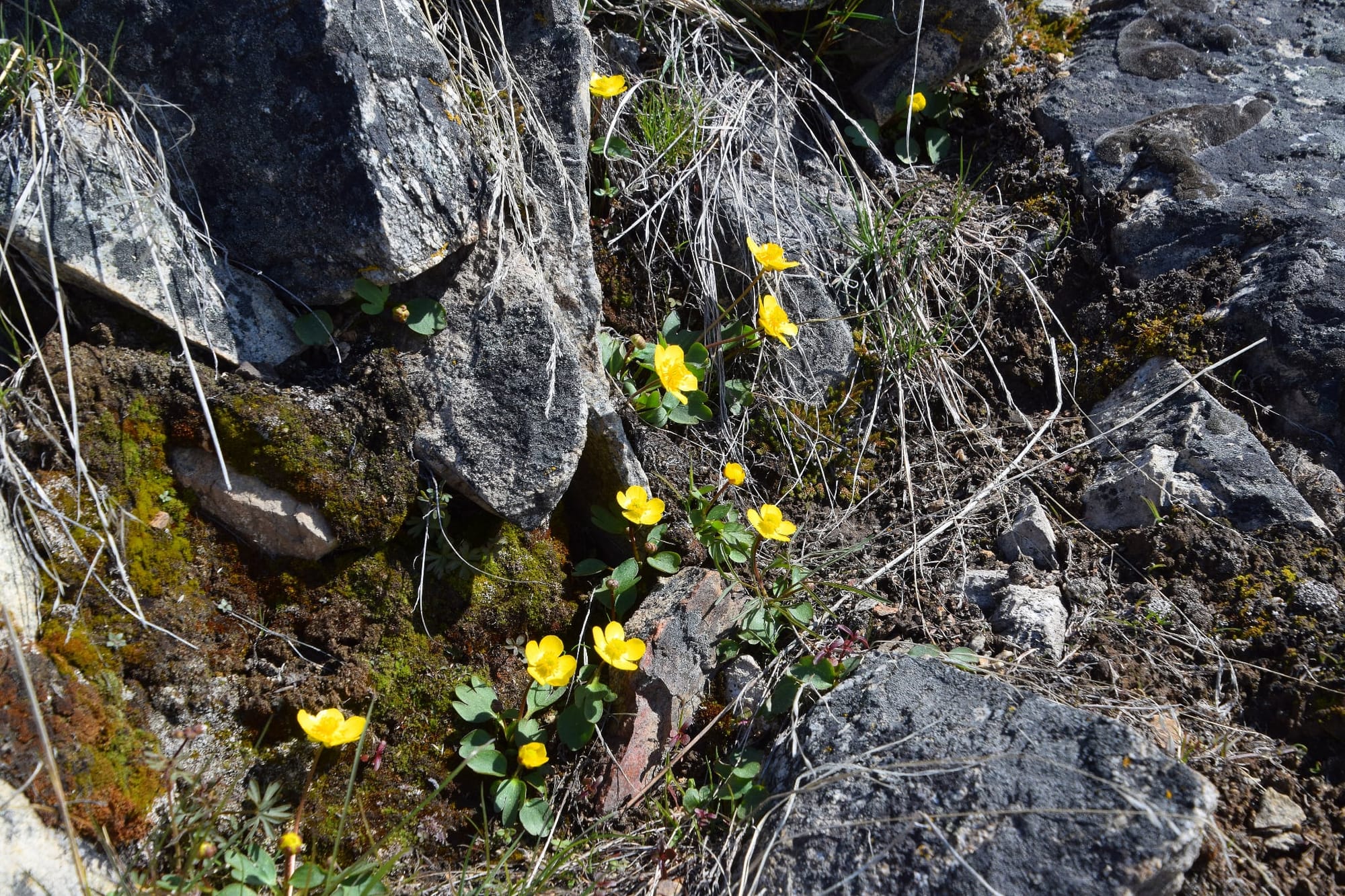
Blooming so early in the season is a risky undertaking because nighttime temperatures can still drop below freezing and late snows might still fall. Even worse, putting all your energy into blooming can be a bust if pollinators aren't out yet.
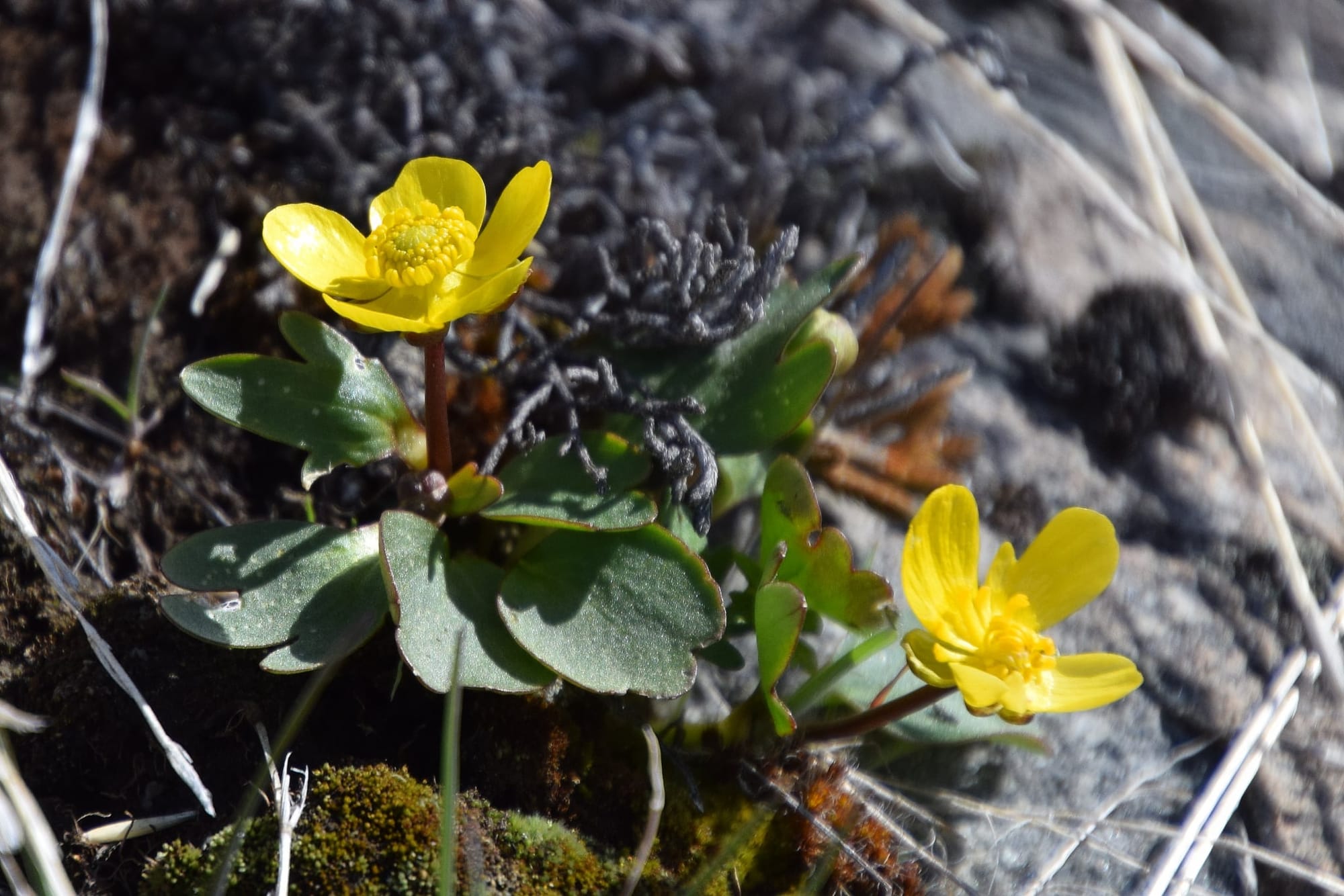
However, buttercups have some unique adaptations that I discuss in a short video I produced for the Mary Kiesau Community Fellowship Fund several years ago. These adaptations include the flower's brilliant shiny yellow color, which helps pollinators find them, and the flower's bowl-like shape, which traps heat and provides a warm resting place for insects on cold days.
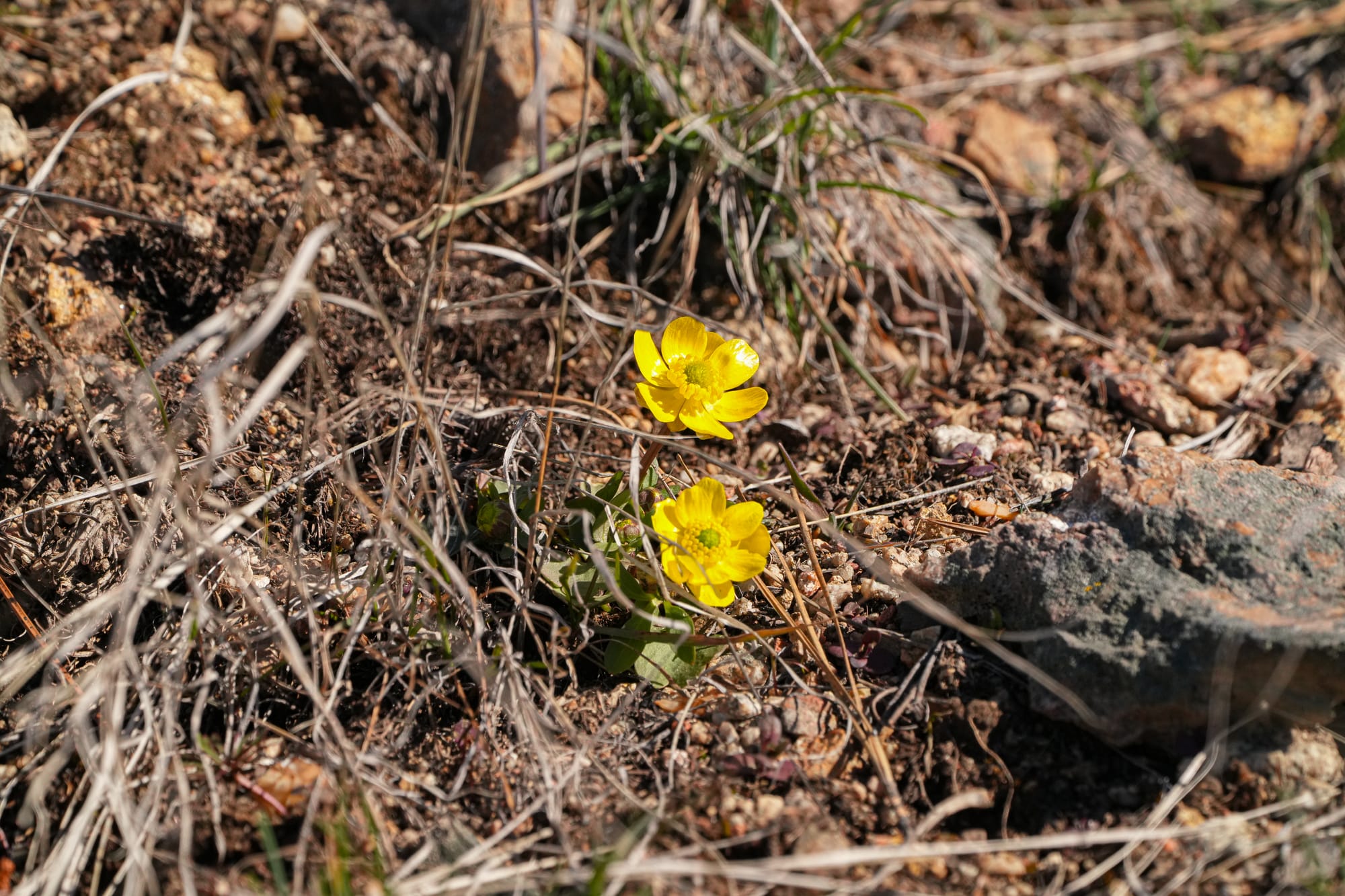
One risk of leafing out before other plants is that after a long winter hungry herbivores will devour your tender green leaves, but buttercups protect themselves with a toxic oil known as ranunculin (named after the buttercup family, Ranunculaceae) that causes severe blistering and rashes when leaves are cut or bruised. This means that herbivores leave buttercups alone.

